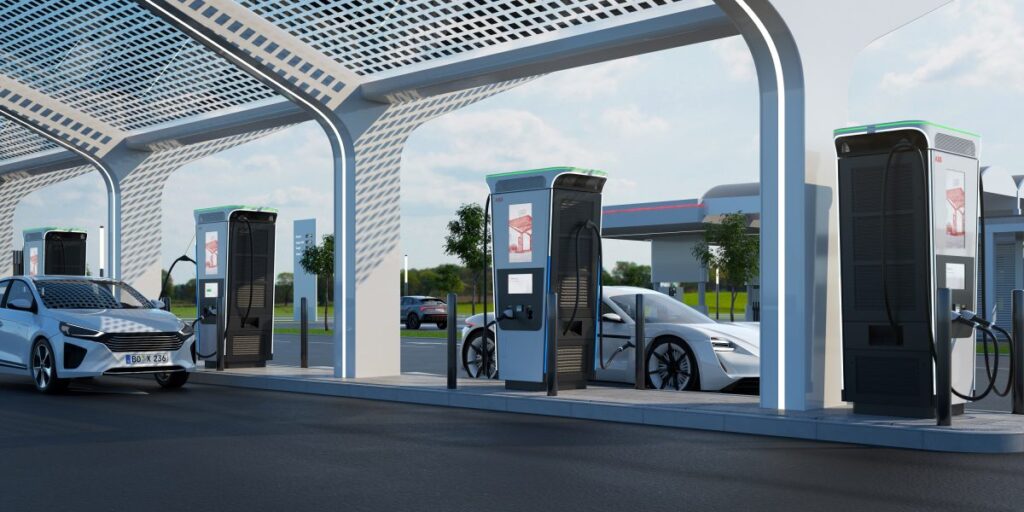In an era where personalized experiences and data-driven decisions dominate the marketing landscape, automation tools are no longer a luxury—they’re a necessity. As we step into 2025, businesses of all sizes are turning to marketing automation platforms to streamline their campaigns, engage prospects more effectively, and drive better ROI. But with dozens of platforms vying for attention, how do you identify the best one for your needs?
This comprehensive guide explores the top marketing automation tools in 2025, evaluating their features, benefits, use cases, pricing models, and real-life performance. Whether you’re a startup, mid-sized business, or enterprise, this article will help you choose the perfect tool to supercharge your marketing campaigns.
Understanding the Role of Marketing Automation Tools in Modern Business
Marketing automation refers to the use of software platforms to automate repetitive marketing tasks such as email campaigns, social media posting, lead nurturing, customer segmentation, and more. By automating these processes, businesses can improve efficiency, deliver personalized experiences, and achieve better results with fewer resources.
Why it matters in 2025:
- Over 72% of companies now use some form of marketing automation (Statista).
- The global market for marketing automation software is expected to exceed $14 billion by 2026 (MarketsandMarkets).
- Companies using automation report a 451% increase in qualified leads and a 77% improvement in conversion rates.
From AI-powered analytics to multi-channel campaign management, today’s top marketing automation tools go beyond email and CRM, offering intelligent systems that adapt and scale with business needs.
Must-Have Features in Top Marketing Automation Tools
With dozens of tools in the market, the best platforms share some common must-have features:
- CRM Integration: Seamlessly connect customer data across platforms.
- AI-Powered Personalization: Predictive analytics to customize content and timing.
- Lead Scoring & Segmentation: Target your audience based on behavior and engagement.
- Multi-Channel Campaigns: Manage email, SMS, social, web, and mobile from one dashboard.
- Visual Workflow Builders: Drag-and-drop automation sequences to simplify setup.
- A/B Testing: Optimize subject lines, CTA buttons, and entire workflows for performance.
These core functionalities not only help save time but also increase the chances of converting leads into loyal customers.
Comparing the Best Marketing Automation Platforms on the Market

Let’s dive into the leading marketing automation tools in 2025. Here’s a snapshot comparison:
| Tool | Best For | Key Features | Pros | Pricing | Rating (G2) |
|---|---|---|---|---|---|
| HubSpot | All-in-one solution | CRM, email, social, AI chat, landing pages | Easy UI, strong CRM | Freemium to $$$ | 4.4/5 |
| ActiveCampaign | SMBs & agencies | Email sequences, lead scoring, CRM | Automation depth | From $39/mo | 4.6/5 |
| Klaviyo | eCommerce | Email/SMS, Shopify/BigCommerce integration | Great for DTC brands | From $20/mo | 4.7/5 |
| Mailchimp | Beginners | Email, social, basic automation | Budget-friendly | Free to $299/mo | 4.3/5 |
| Marketo (Adobe) | Enterprises | AI, account-based marketing, analytics | Enterprise-level insights | $$$$$ | 4.1/5 |
| Pardot (Salesforce) | B2B & SaaS | CRM, lead gen, ROI tracking | Salesforce-native | $$$ | 4.0/5 |
| GetResponse | Startups & mid-size | Email, webinar, landing pages | Affordable | From $19/mo | 4.2/5 |
| Omnisend | eCommerce | Omnichannel marketing, product sync | Shopify-friendly | From $16/mo | 4.6/5 |
| Brevo (Sendinblue) | Growing SMBs | SMS, email, workflow editor | Simple UX | Freemium to $65/mo | 4.4/5 |
| Drip | Advanced eCommerce | Behavior-based automation | Powerful segmentation | From $39/mo | 4.5/5 |
Choosing the Best Tool for Your Business Size and Industry
Selecting the right platform isn’t about choosing the most expensive or feature-rich one—it’s about finding the best fit for your needs.
Here’s what to consider:
- Business size: HubSpot or GetResponse is ideal for startups, while Adobe Marketo suits large enterprises.
- Industry focus: Klaviyo and Omnisend are excellent for eCommerce; Pardot is tailored for B2B.
- Budget: Start with tools offering freemium plans (e.g., Mailchimp, Brevo).
- Ease of use: ActiveCampaign and Mailchimp are great for beginners.
- Scalability: Choose platforms that grow with your business, like HubSpot and Salesforce.
Decision Checklist:
- ☑ Are integrations with your CRM or eCommerce platform available?
- ☑ Do you need AI and predictive analytics?
- ☑ How complex are your marketing workflows?
- ☑ What’s your monthly budget for marketing software?
- ☑ Do you need support for omnichannel campaigns?
How Businesses Are Growing with Marketing Automation
Let’s look at real-world examples to understand the impact of marketing automation:
- Yum Brands (Taco Bell, KFC): Deployed AI personalization across 5 regions, increasing loyalty program engagement by 22%.
- Adobe Customer Story: Used Marketo and AI agents to automate cross-channel experiences, leading to a 15% lift in retention.
- Mid-sized eCommerce Brand using Klaviyo: Achieved 35% of total revenue through automated email flows.
These examples underline how tailored automation strategies can lead to substantial ROI improvements.
AI, Predictive Analytics, and Agentic Automation in 2025 and Beyond
Automation is evolving rapidly. Here are the trends shaping the future:
- AI Agents: Platforms like Adobe now include embedded AI agents that personalize customer journeys in real-time.
- Predictive Content: Tools anticipate what type of content will convert a lead.
- Omnichannel Sync: SMS, social, web, and email automation in unified workflows.
- Voice & Chat Automation: Integration of voice assistants and chatbots.
- Privacy & Compliance: More emphasis on GDPR/CCPA with cookie-less targeting.
Generative AI and agentic automation will redefine how marketing is executed, making real-time personalization and campaign orchestration more intelligent than ever.
Beginner Tips for Successful Marketing Automation Implementation
Starting fresh with marketing automation? Here’s how to build a strong foundation:
- Start Small: Use pre-built templates for welcome emails or cart recovery.
- Map the Journey: Define buyer personas and touchpoints.
- Clean Your Data: Ensure your CRM or email list is accurate.
- Automate Gradually: Don’t automate everything at once—test and scale.
- Train Your Team: Assign roles and use platform tutorials.
- Track KPIs: Set clear goals (e.g., open rate, click-through rate, ROI).
Downloadable Resource: [Marketing Automation Starter Checklist]
Final Thoughts and Recommendations
In 2025, the right marketing automation tool can be the catalyst that transforms your business. With smarter AI, deeper personalization, and more accessible interfaces, platforms like HubSpot, Klaviyo, ActiveCampaign, and Marketo are leading the charge.
Whether you’re a solopreneur looking to streamline your email campaigns or an enterprise scaling global campaigns, there’s a tool tailored to your needs.
Key takeaway: Don’t just choose the most popular option—evaluate your goals, budget, and existing systems to find the platform that aligns with your growth vision.
















